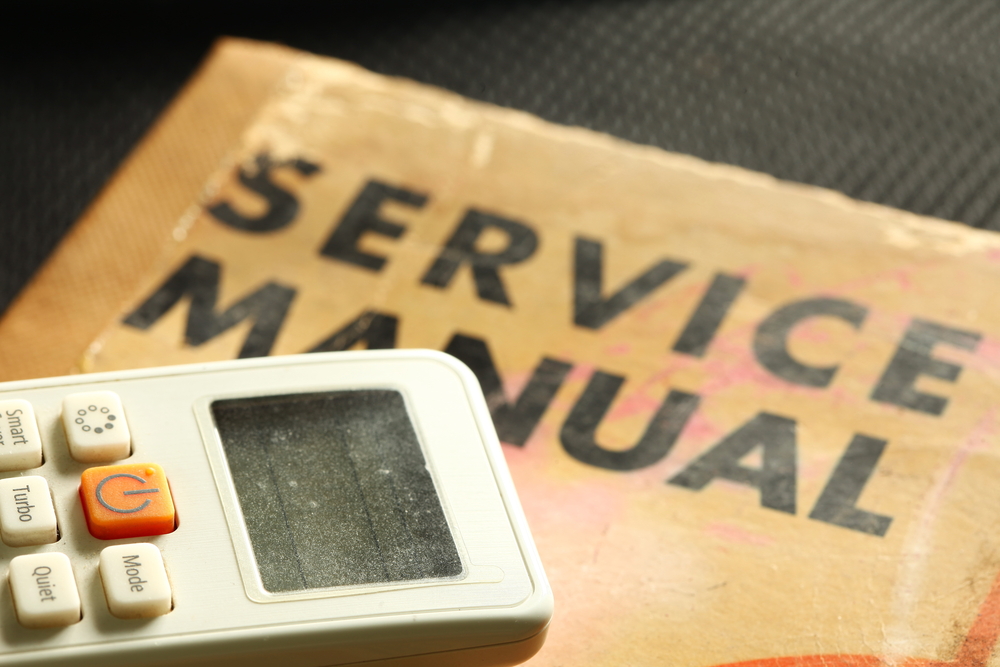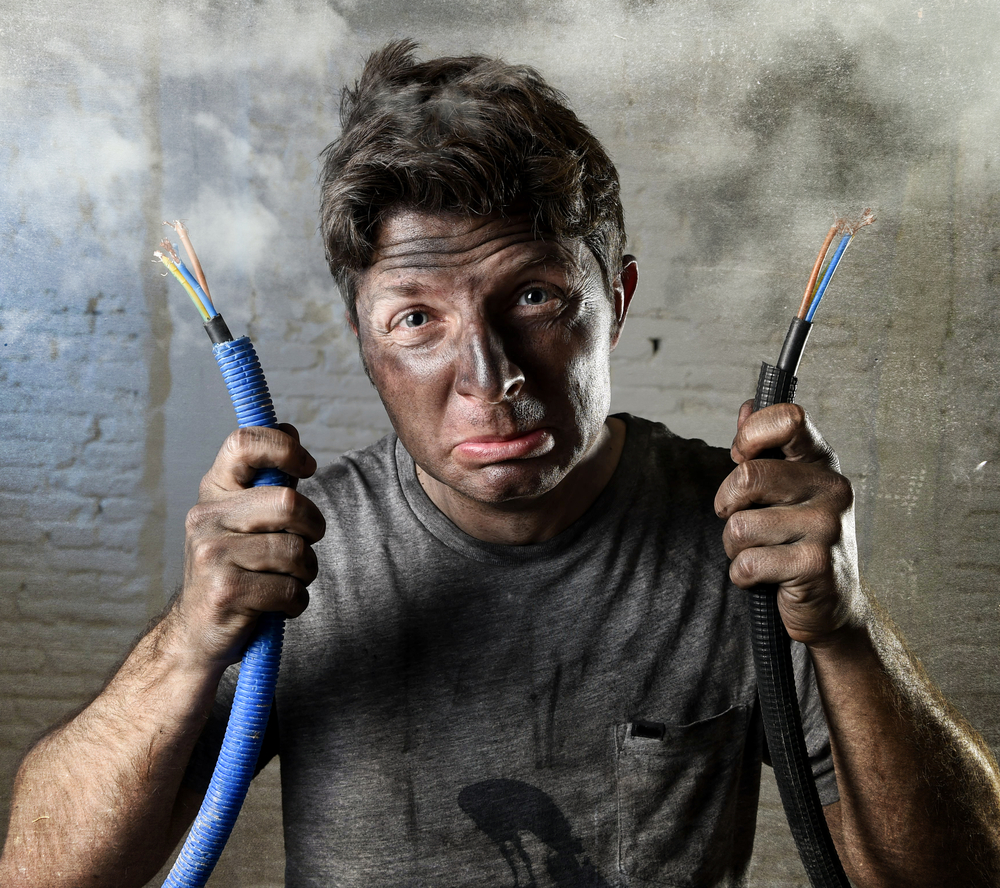The right to repair movement has generated significant discussion across the appliance repair industry. While initial media attention has quieted somewhat with delays in landmark cases awaiting decision, the underlying principles and legislative discussions continue to shape how repair businesses operate and interact with customers. Understanding these changes and their implications can help business owners navigate this evolving business opportunity.
The Current State of Right to Repair
Right-to-repair legislation has seen mixed results across different states and at the federal level. Some states have passed limited measures focusing on specific industries or device types, while comprehensive legislation towards appliance repair has been less common. The movement has primarily succeeded in bringing consumer awareness about repair options and manufacturers’ practices regarding parts availability and service information.
Consumer behavior has also shifted alongside legislative discussions. Today’s customers often arrive with more knowledge about their appliances, having researched symptoms online and explored potential solutions. This represents a fundamental change when repair information was primarily held by manufacturers and authorized service providers.

Information Accessibility and Customer Expectations
The availability of repair information has expanded significantly through online sources, manufacturer service manuals, and community forums. Customers increasingly expect transparency regarding repair processes, parts availability, and cost breakdowns. This shift has implications for how repair businesses communicate with customers and structure their services.
Many customers now view repair decisions as collaborative processes rather than simple acceptance or rejection of quoted services. They may research parts costs, compare repair options, or seek second opinions more frequently than in the past. This change in customer behavior requires repair businesses to adopt new communication strategies and service offerings.
Evolving Service Models
The traditional model of diagnosis leading to full-service repair can be expanded to include various hybrid approaches. Consider offering diagnostic services as a standalone offering, which allows customers to make informed decisions about how to proceed. Augment this service with parts sourcing assistance or consultation services for customers attempting their own repairs.
The evolution of service models reflects the changing customer preferences and the reality of more accessible repair information. Businesses that understand these trends and can better align their offerings with customer expectations while still maintaining a profitable business.

Safety Considerations and Professional Expertise
Complex appliance repairs often involve electrical issues, refrigerants, gas connections, and other components that require specialized knowledge and tools. The technical acumen that is required for these repairs remains unchanged regardless of information availability. Professional repair technicians bring years of experience, proper tools, and safety training that casual DIYers cannot replicate.
The distinction between repairs that customers can safely attempt and those requiring professional intervention has become an important communication point. Clear information about complexity levels, safety requirements, and potential risk helps customers make informed decisions about when to seek professional help.
Parts and Service Information Access
Manufacturers have responded to right-to-repair pressure with varying degrees of cooperation. Some have expanded parts availability to independent repair shops and end customers, while others maintain more restrictive policies. The availability of service manuals, diagnostic tools, and technical support continues to vary significantly depending on manufacturer and product line.
Independent repair businesses often find themselves navigating a complex landscape of parts suppliers, from OEM sources to aftermarket alternatives. Understanding these options and their implications to warranty, reliability, and cost has become increasingly important for business operations.
Impact on Manufacturer Relationships
Repair businesses with manufacturer agreements face unique considerations as right-to-repair principles evolve. These relationships often provide access to parts, training, and warranty support that independent operations may lack. The interplay between manufacturer partnerships and right-to-repair creates both opportunity and challenge for authorized service providers.
Some manufacturers have embraced more open approaches to parts and information sharing, while others maintain traditional restriction models. Understanding these different approaches helps repair businesses navigate their manufacturer relationships while serving their customer needs effectively.

Customer Education and Communication
The increased availability of repair information has created opportunity for repair businesses to serve as an educational resource. Customers often benefit from professional guidance about repair complexity, safety considerations, and cost-effectiveness of different approaches. This educational role can strengthen customer relationships while helping people make informed decisions about their appliances. Effective communication about repair options, risks, and recommendations has become increasingly important. Customers with access to information appreciate transparent discussions about their choices and the reasoning behind professional recommendations.
Market Differentiation Opportunities
This environment creates various ways for repair businesses to distinguish themselves from competition. Some may focus on transparency and customer education, while others will emphasize safety expertise or specialized diagnostic capability. The approach that works best will depend on local market conditions and customer preferences.
Businesses that adapt their communication and service offerings to address customer expectations in this new environment may find an opportunity for stronger relationships while differentiating themselves from competitors who stay locked into traditional approaches.
Looking Forward
The right-to-repair movement represents an ongoing shift in how customers, manufacturers, and repair businesses interact. While specific legislative outcomes are uncertain, the underlying trend towards information access and customer empowerment are likely to continue.
Understanding these trends and their implications allows business owners to make informed decisions about service offerings, customer communication, and business development. Businesses that thrive in this environment will likely be those that best understand and adapt to changing customer expectations while maintaining their core technical expertise and safety focus.
The appliance repair industry continues to evolve alongside broader changes in customer behavior and information accessibility. Success in this environment requires balancing traditional repair expertise with new approaches to customer service and business operations.
The regulatory landscape around right-to-repair remains fluid, and additional articles are anticipated as provisions are implemented, clarified, or amended. These developments will be monitored closely, and additional articles may be released as information becomes available.




